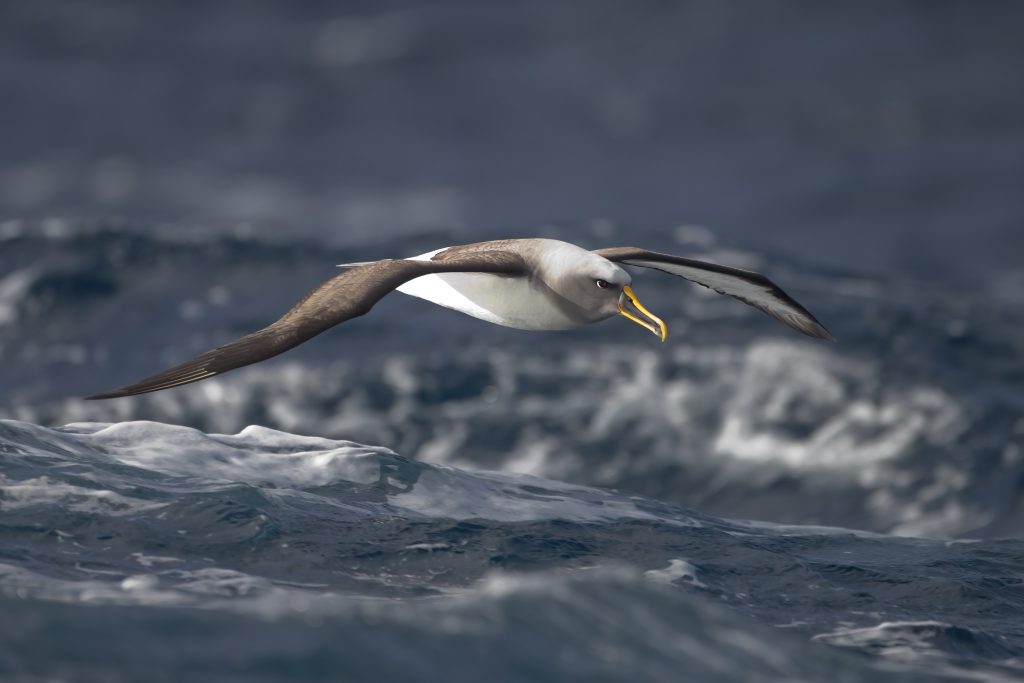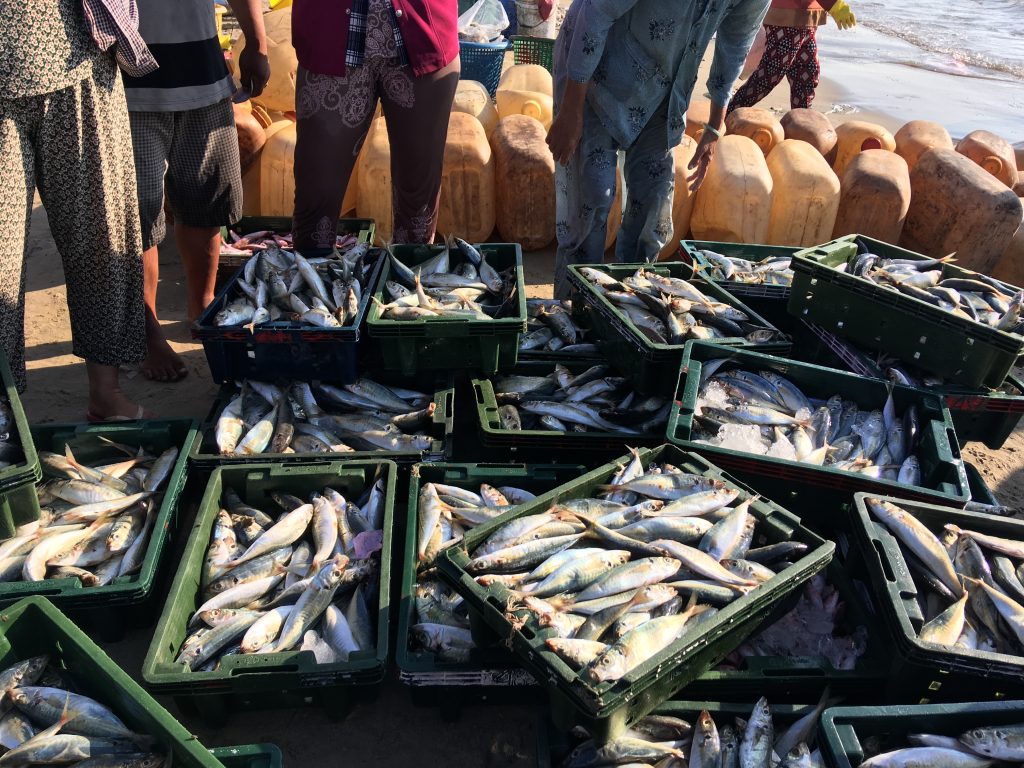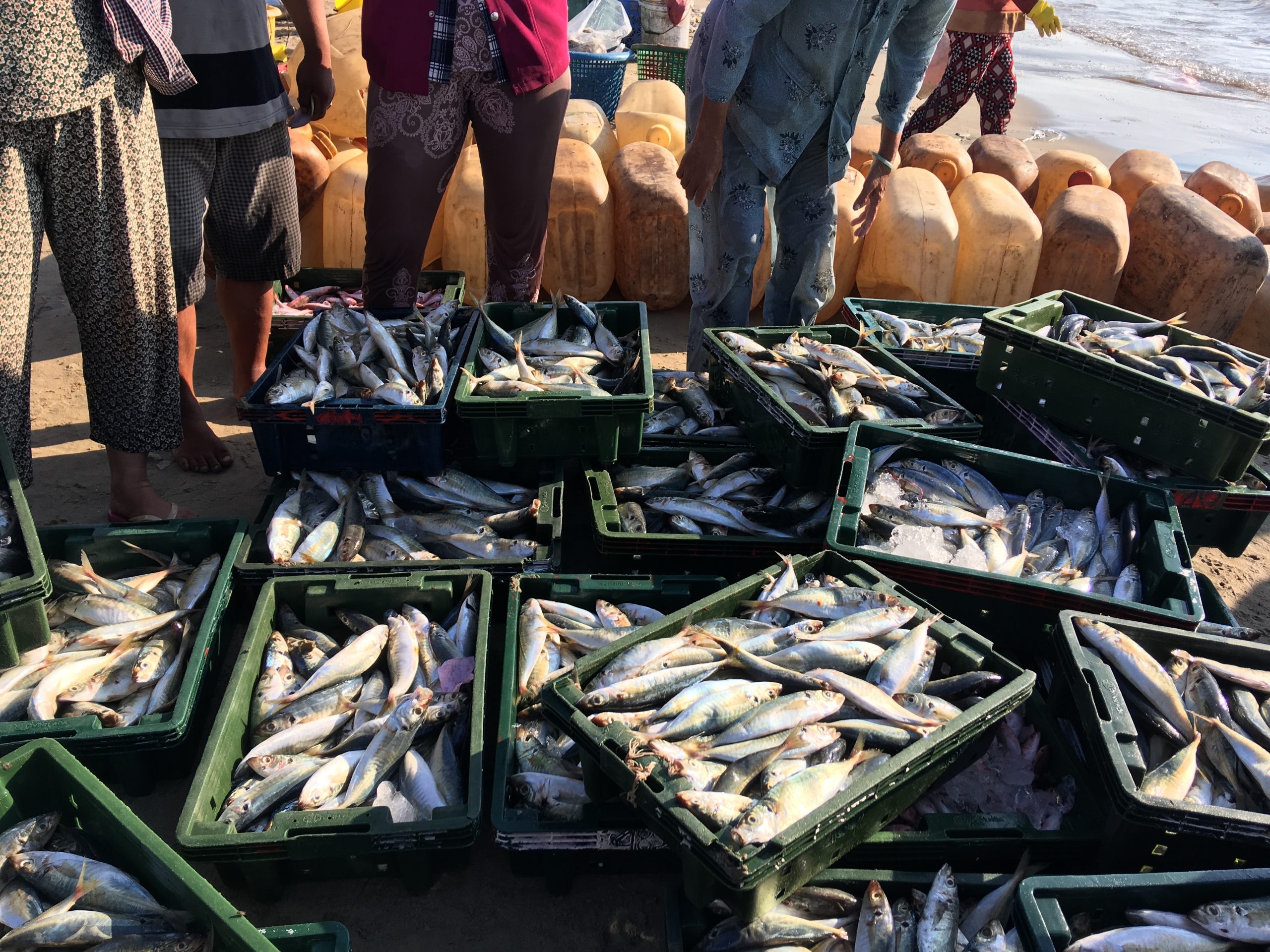
Plastic debris is widespread in our waters with more than a quarter of a billion metric tons of plastic suspended in its global oceans. This abundant plastic pollution is being consumed by hundreds of organisms, ranging from tiny zooplankton to giant baleen whales. Seabirds are especially at risk, with a projection model concluding that over 99% of all seabird species will have ingested plastic debris by 2050. The consumption of plastic is incredibly harmful to seabirds as it reduces the storage volume of the stomach which ultimately leads to starvation and death. In the last few years, it has been discovered that the plastic problem is much more complicated than we thought before as many seabirds rely on their sense of smell to locate their prey instead of just visually. A 2016 study has brought to light this common misconception of marine organisms consuming plastic debris solely based on visual cues and has introduced a new factor: dimethyl sulfide (DMS).
DMS is an infochemical used by foraging organisms as a way to find prey in marine environments. The production of DMS is from the enzymatic breakdown of its chemical precursor, dimethylsulfoniopropionate (DMSP), which increases when zooplanktons eat, letting other marine organisms know of the presence of a new meal. Plastic debris is an excellent substrate for biota that produce these infochemicals due to its convenience in biofouling, which is the accumulation of organisms on a surface. Since plastic debris can be easily fouled by DMS-producing organisms, then the debris can also produce a DMS signature that is significant enough to lead seabirds and similar organisms to consume it.
To prove this, scientists examined the sulfur signature of plastic beads from the most common types of plastic found in the ocean. These plastic beads were tested for sulfur signatures after either being exposed to marine conditions or never being exposed to these conditions. The beads exposed to marine conditions were deployed off the coast of California at the Bodega Marine Laboratory and Hopkins Marine Station at oceanographic buoys and then retrieved after approximately three weeks. After examining each plastic bead, it was found that the samples not exposed to marine conditions did not produce any DMS signature. However, every sample that was tested after marine exposure was found to have produced a DMS signature. Even after less than a month of marine exposure, these plastic samples were found to produce DMS signatures that were significant enough to be detected by seabirds.
Additionally, the study was able to predict the importance of DMS and plastic ingestion patterns within seabirds through data analysis. Plastic ingestion data was analyzed from 55 studies among 25 procellariiforms––the order under which seabirds fall––to determine that DMS responsiveness has a significant positive effect on the frequency of plastic ingestion. Additionally, plastic ingestion patterns were predicted through calculations using data from previous studies to find that DMS-responsive species ingest plastic five times as frequently as non-DMS-responsive species.
The study has challenged the frequent assumption that marine organisms consume plastic because it is visibly mistaken for prey, suggesting rather that chemical cues like DMS play a role. This plastic ingestion has many implications, one such being that the semiannual movement patterns of seabirds between the Southern and Northern Hemispheres can create contact with plastic on a global scale rather than just a regional one. Although the primary focus of this study was on seabirds, they are not the only species that respond to DMS––sea turtles, penguins, and various other organisms have been shown to use DMS and DMSP as foraging compounds and could be impacted similarly. We must start mitigating the plastic waste we produce and work towards cleaning up our oceans. While this is a huge step to take, we can begin by looking for alternatives to plastic that are safer for the environment and reduce the amount of plastic that we use in our everyday lives.
References:
Savoca, M. S., Wohlfeil, M. E., Ebeler, S. E., & Nevitt, G. A. (2016). Marine plastic debris emits a keystone infochemical for olfactory foraging seabirds. Science Advances, 2(11). https://doi.org/10.1126/sciadv.1600395
Eriksen, L. C. M. Lebreton, H. S. Carson, M. Thiel, C. J. Moore, J. C. Borerro, F. Galgani, P. G. Ryan, J. Reisser, Plastic pollution in the world’s oceans: More than 5 trillion plastic pieces weighing over 250,000 tons afloat at sea. PLOS ONE 9, e111913 (2014).
Wilcox, E. Van Sebille, B. D. Hardesty, Threat of plastic pollution to seabirds is global, pervasive, and increasing. Proc. Natl. Acad. Sci. U.S.A. 112, 11899–11904 (2015).
Ocean plastics pollution. Ocean Plastics Pollution. (n.d.). Retrieved April 2, 2023, from https://www.biologicaldiversity.org/campaigns/ocean_plastics/?adb_sid=71bc9f17-356c-492f-9204-f0e22e2752b6


